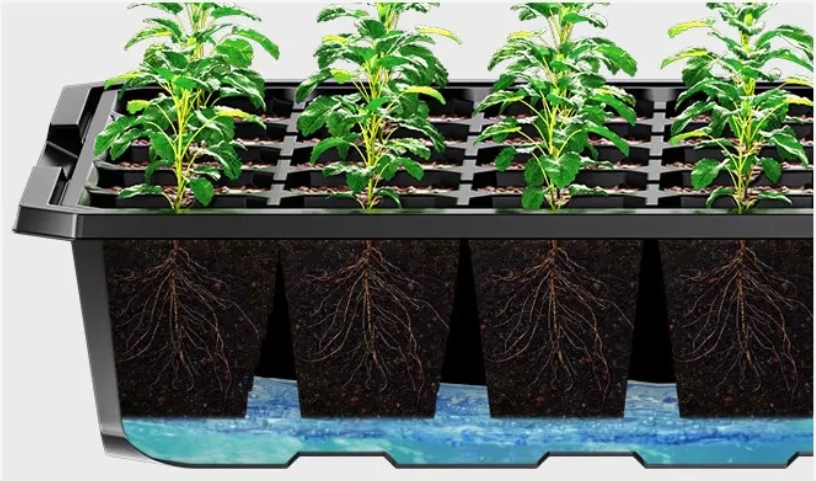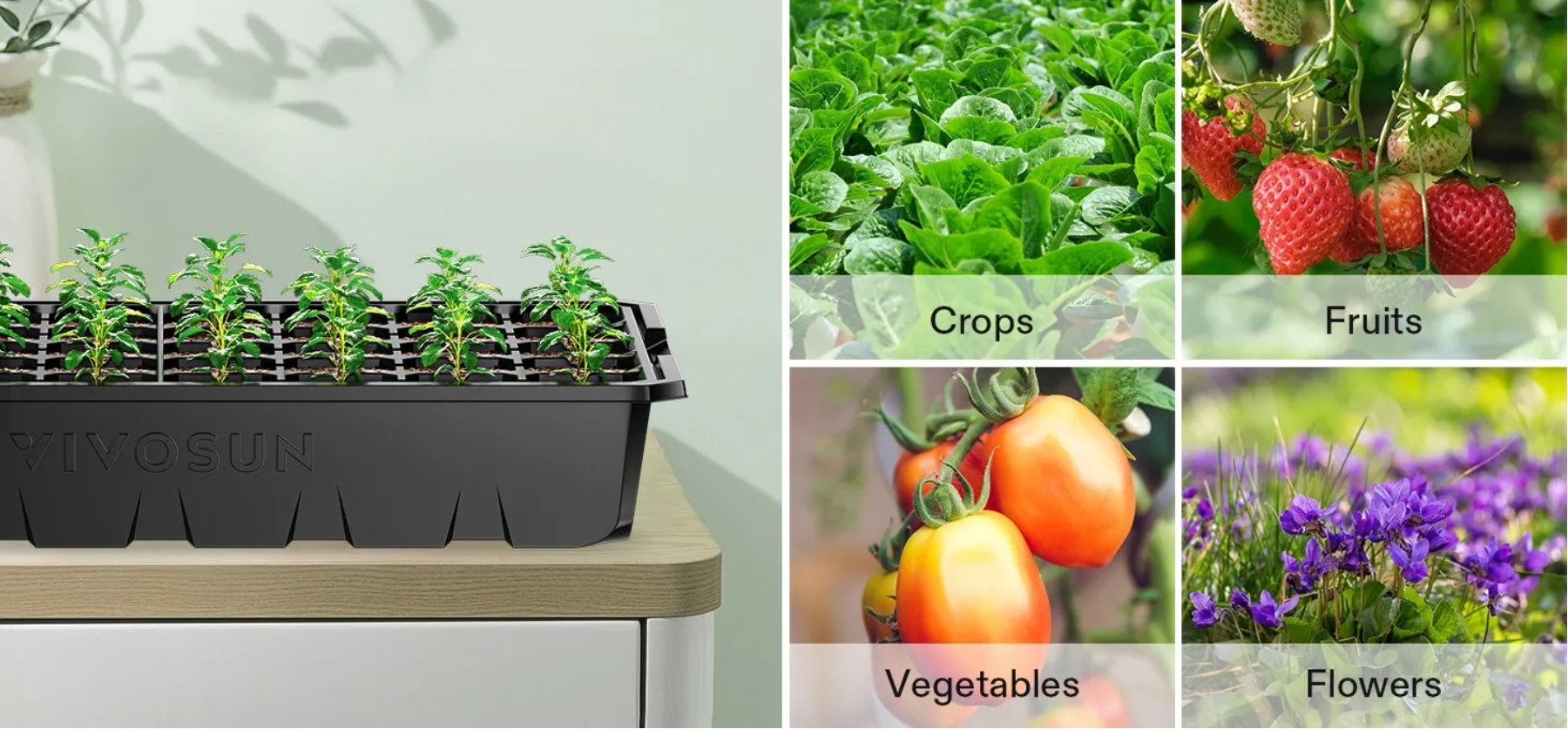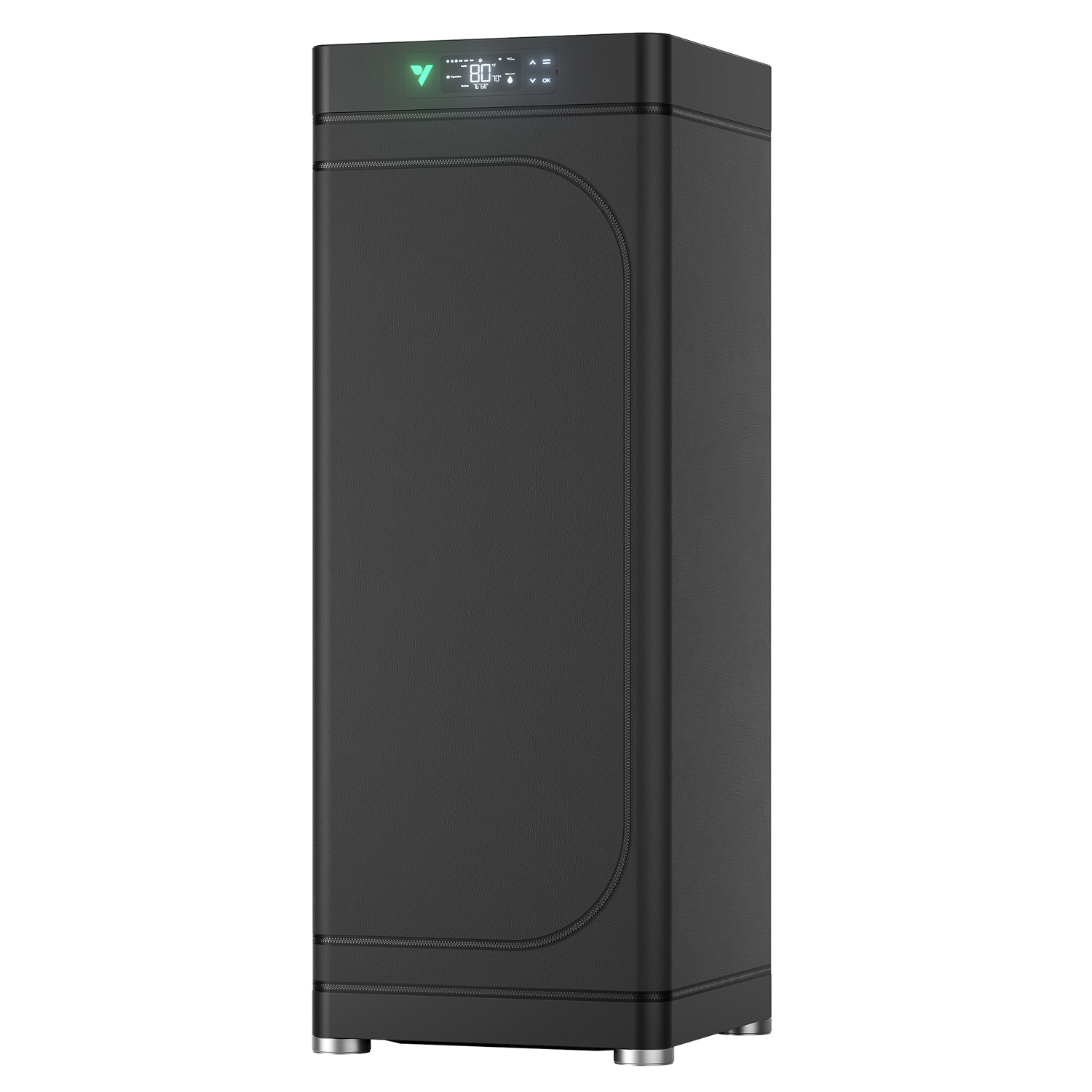As a passionate grower, I’ve experimented with various watering methods over the years, but bottom watering plants has proven to be the most effective and sustainable option. Join me as I share the benefits, tips, and insights I’ve gained along the way.
Table of Contents

What is Bottom Watering Plants
Bottom watering plants is a technique used to hydrate plants by soaking the soil from the bottom up rather than watering from the top down.
Benefits of Bottom Watering
It all started when I noticed some of my indoor plants struggling with inconsistent moisture levels and root rot. Desperate for a solution, I stumbled upon the concept of bottom watering. Intrigued by its promise of healthier roots and reduced water waste, I decided to give it a try.
Bottom watering entails soaking the soil from the bottom up rather than pouring water directly onto the plant’s surface. This method offers several advantages, including:
1. Enhanced root growth
2. Prevention of soil compaction
3. Reduced risk of fungal disease
4. Consistent moisture distribution
As I began bottom watering my plants, I immediately noticed a difference in their vitality and growth. The roots seemed more robust, and the foliage appeared greener and lusher. It was evident that this method was providing the consistent moisture and hydration my plants needed to thrive.
Drawbacks of Bottom Watering
While bottom watering is a popular method in plant care, it’s essential to acknowledge its drawbacks, particularly in certain scenarios. As a cultivation expert, I’ll highlight some key concerns associated with bottom watering, supported by data and practical insights.
1. Uneven Moisture Distribution: Inconsistent hydration.
2. Risk of Overwatering: Excessive moisture.
3. Nutrient Leaching: Dissolved nutrient drainage.
4. Soil Compaction: Restricted root growth.
In conclusion, while bottom watering offers convenience and efficiency in certain situations, it’s essential to be aware of its drawbacks and limitations. Uneven moisture distribution, risk of overwatering, nutrient leaching, and soil compaction are key concerns that can impact plant health and growth. As cultivation experts, it’s crucial to consider these drawbacks and adopt alternative watering methods or mitigation strategies, such as incorporating top watering, improving soil drainage, or adjusting watering frequency, to ensure optimal plant care and productivity.
2 Types of Plants Suitable for Bottom Watering
Through my experimentation, I discovered that both indoor and outdoor plants can benefit from bottom watering. From delicate ferns to hearty vegetables, many species respond positively to this gentle and efficient watering technique.

1. Indoor Plants
Many indoor plants, such as peace lilies, African violets, and snake plants, thrive with bottom watering. Their root systems are adapted to absorb moisture efficiently from the bottom, promoting healthier growth.
2. Outdoor Plants
Certain outdoor plants, including vegetables like tomatoes and peppers, also benefit from bottom watering. It ensures deep root penetration and minimizes water loss through evaporation, especially in hot climates.

How to Bottom Water Plants Effectively
As I delved deeper into bottom watering, I learned the importance of fine-tuning the process for optimal results. To maximize the benefits of bottom watering, follow these steps:
1. Choosing the Right Containers
Opt for pots with drainage holes to allow excess water to escape. Place these containers on saucers or trays to facilitate bottom watering.
2. Watering Frequency
Monitor the soil moisture level and water when the top layer feels dry to the touch. Avoid overwatering, as it can lead to root rot.
3. Monitoring Soil Moisture
Regularly check the soil moisture to ensure it remains consistently moist but not waterlogged. Adjust the watering frequency based on environmental factors and plant needs.
Common Mistakes to Avoid When Bottom Watering Plants
While bottom watering is beneficial, certain pitfalls can hinder its effectiveness:
● Allowing the soil to dry out completely between watering sessions
● Using containers without drainage holes, leading to waterlogging
● Neglecting to empty excess water from the saucer or tray after watering
Tips for Troubleshooting Bottom Watering Issues
If you encounter any problems with bottom watering, consider the following solutions:
● Adjusting the watering frequency based on plant requirements
● Using a moisture meter to accurately gauge soil moisture levels
● Providing adequate drainage to prevent water stagnation
FAQs
While many plants benefit from bottom watering, it may not be ideal for species that prefer drier conditions, such as cacti and succulents.
The frequency of bottom watering depends on various factors, including plant species, environmental conditions, and soil type. Monitor the soil moisture and adjust watering accordingly.
Yes, you can incorporate fertilizer into the water when bottom watering plants to provide essential nutrients. However, ensure proper dilution and avoid over-fertilizing to prevent nutrient buildup.
While bottom watering can be adapted for outdoor gardens, it may require more extensive infrastructure and planning compared to indoor or container gardening.
Wilting, yellowing leaves, and dry soil are indicators that your plants may need more water. Adjust your watering schedule or method accordingly to prevent dehydration.
Conclusion
Bottom watering plants presents an innovative approach to nurturing greenery while conserving water and promoting sustainable gardening practices. By adopting this method and adhering to best practices, you can cultivate thriving plants with minimal effort and environmental impact.






